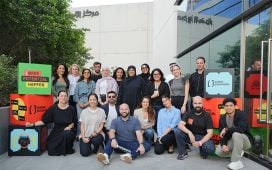Julia Boullemier discusses how smart cities, the Internet of Things and wearables will impact marketers in the Middle East
This year’s Davos summit hit on an interesting idea: we’re entering the fourth industrial revolution. If you’re wondering what the other three were, it was the advent of widespread water power use in the 1700s, steam in the 1800s, and electronics in the 1970s. The fourth revolution will be built on the creation of smart cities, use of 3D printing, adoption of the Internet of Things (IoT) and improvements in artificial intelligence (AI).
Tying all of these concepts together is data. Specifically, the analysis and application of data to revolutionise nearly every as
To continue reading this article you need to be registered with Campaign. Registration is free and only takes a minute. Register Now or sign in below if you already have an account.









